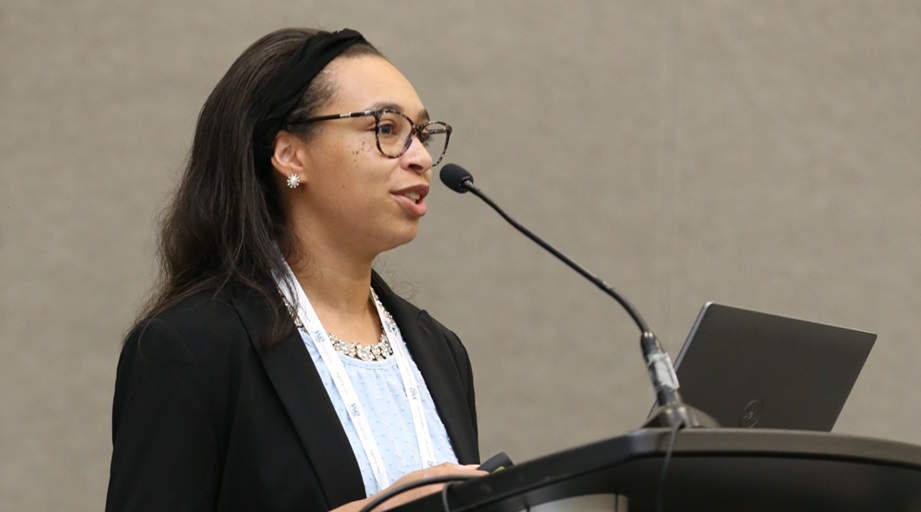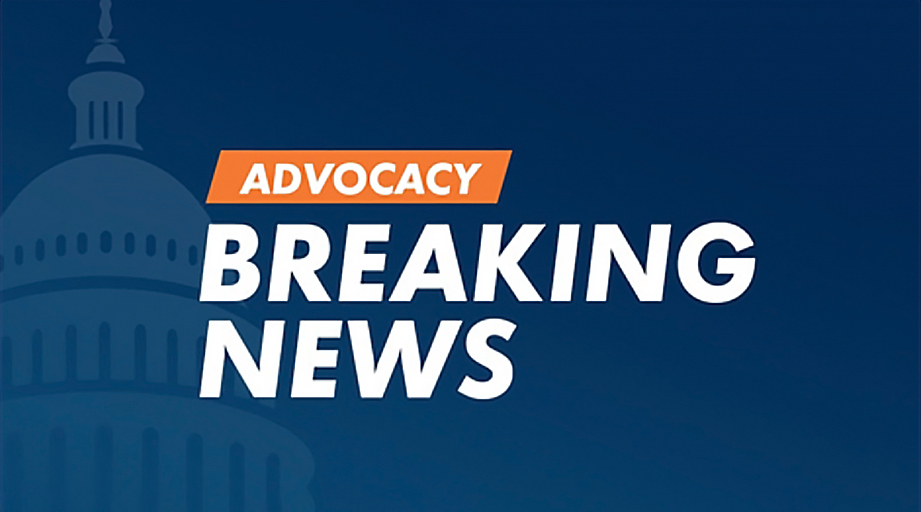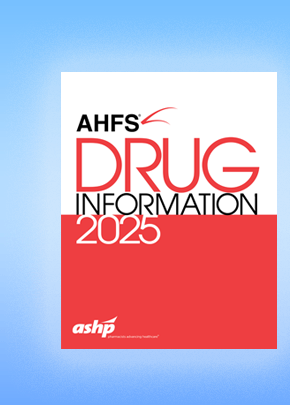
Meet John. His wife took him to the emergency department after she found him unresponsive in the living room, surrounded by empty bottles. His wife reported his cravings led to behaviors he knew were bad for his health, relationships, and quality of life. A year earlier, he had been hospitalized after a similar binge.
What’s a likely diagnosis? asked Courtney Givens, a clinical pharmacist practitioner with the Veterans Health Administration, at a Dec. 6 session of the 2023 Midyear Clinical Meeting & Exhibition. The answer wasn’t what anyone assumed.
The diagnosis in Givens’s scenario was a hyperglycemic event; John had consumed too many bottles of high-sugar drinks. Medication management started in the emergency department. Specialists were on hand to adjust his medications. He received instructions to follow up with an outpatient medication team either by virtual appointment or at a clinic convenient to his home.
By contrast, Givens said, imagine if John had indeed overdosed on opioids. Would such comprehensive treatment be available for opioid use disorder (OUD)? Unlikely, she said.
“All of these barriers he may have to jump through could impact not only the quality of care,” she said, “it can affect his ability even to live. Ultimately, who would be satisfied with that type of healthcare?"
Givens and fellow presenters laid out their case for expanding access in a session called To Equitable Opioid Use Disorder Treatment and Beyond: DEA-Registered Pharmacists to the Rescue. Other speakers included Terri Jorgenson, a Veterans Health Administration national program manager for clinical pharmacy practice integration and model advancement; Jeffrey Bratberg, a pharmacy professor at the University of Rhode Island; and Haley Pals, a clinical pharmacy practitioner at the Tomah VA Medical Center in Wisconsin.
The speakers said their goal was to get audience members thinking about how they can help bridge the gap in services, from treating OUD patients with compassion to seeking Drug Enforcement Administration (DEA) registration to prescribe buprenorphine if their states allow.
But even with last year’s removal of the federal X-waiver, which had been a barrier to pharmacists independently prescribing medications for opioid use disorder (MOUD), most states still do not allow the prescribing. That means pharmacists must be ready to advocate in their own states, said Jorgenson.
“Our patients need access to this life-saving treatment,” said Jorgenson. “And we can do it. But we need to be in a position to do it.”
The VA’s clinical pharmacist practitioners who have licensure in states that allow controlled substance prescribing for pharmacists initiated MOUD for 850 patients between January and September of this year, Jorgenson said.
Bratberg described his involvement in a Rhode Island study that showed OUD patients who received pharmacy-based buprenorphine induction were stabilized at rates comparable to usual care. In that study, the pharmacists were providing the care under a collaborative practice agreement.
The pharmacy care reached a high percentage of underserved patients, particularly Black and low-income residents, contributing to more equitable outcomes, he said.
One of the pharmacists in that project, Bratberg said, said he was touched by how grateful the patients were to receive compassionate care.
“How often are people with OUD thought of in this way, as people who are grateful, who want help, who stay in care?” Bratberg said. “We have to flip the script here.”
Pals recalled her excitement when she independently wrote her first prescription for buprenorphine. Previously, she needed a psychiatrist to sign off on the prescriptions, creating delays for her patients.
She described one veteran with OUD whom she had been seeing for several years. Before Pals had independent prescribing authority, the patient, who also has diabetes, relapsed due to delays in care as well as an excruciating foot infection.
That infection eventually led to a bilateral amputation this year. The hospital pain pharmacist coordinated discharge planning with Pals so that the veteran could transition from peri-operative oxycodone to a low-dose buprenorphine. This time, Pals was able to write the prescription for buprenorphine and get it delivered to his home overnight.
Pals told the audience about comments she’d heard from OUD patients over the years. As she read one, she choked up at the memory: “I’m not meant to make it,” the patient had told her. “I should just die like every other addict.”
Even in states where much work remains before pharmacists can prescribe MOUD, she said, there is room to start decreasing the stigma that leads patients into believing they aren’t worthy of life-saving care.
“The way you connect and interact with patients can start today,” she said.







